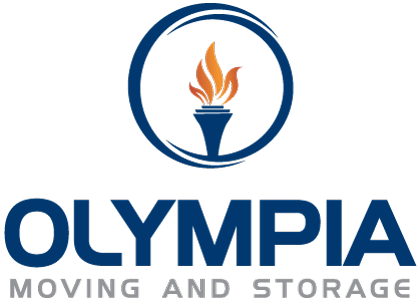All matter (the human body, air, water, etc) is made up of molecules which are made up of atoms which are made up of three types of particles: protons (positive charge), electrons (negative charge), and neutrons (no charge). Electrons orbit their molecules like planets revolve around a star. Occasionally an electron flies off and when it does, it leaves behind a positively-charged ion whose sole purpose in life becomes to fill the void left by its little lost electron. In other words: it wants to steal a replacement electron from another molecule. Due to differences in molecular structure (number of electrons in the outermost orbit, strength and structure of electron bonds, etc) some materials lose electrons much more easily than others
Author / Stacy
Artwork is a great way to add interest to a room, but arranging art can be stressful. Relax — with the expert advice of Better Homes & Gardens on how and where to hang art (and how much to hang), your home will feel like a gallery in no time.

Q: What forms of payment do you accept and on what terms?
Jorge: We accept cash, money orders, cashiers check and credit cards after the move is completed. When using a credit card there is a 3% convenience fee for using the service.
Spring is around the corner which means summer and your beach-body are closer than you think.
Here is a great all natural diy snack to help get you ready for summer

- Chlorine bleach is commonly used to treat drinking water, sanitize swimming pools and to whiten laundry, and is a strong eye, skin, and respiratory irritant. Mixing chlorine bleach with other cleaners like ammonia can release dangerous chlorine gas. Exposure to chlorine gas can cause coughing, shortness of breath, chest pain, nausea, or other symptoms.
- Ammonia is often included in glass cleaners and other hard-surface cleaners, and can be irritating to the skin, eyes, throat, and lungs. Ammonia can burn your skin, and can damage your eyes (including blindness) upon contact.
- Triclosan and Triclocarban are commonly added to household cleaning products such as hand soap and dish soap as well as a broad range of other products from toothpaste to socks. These chemicals are persistent in the environment, and are linked to hormone imbalance, and potential increased risk of breast cancer.
- Ammonium quaternary compounds (“quats”) are found in household cleaning products like disinfectant sprays and toilet cleaners, and some have been identified as a known inducer of occupational asthma. Certain quats have also been linked to decreased fertility and birth defects in mice.
- Nano-silver can be incorporated into textiles, plastics, soaps, packaging, and other materials, giving each the natural antibacterial property of silver metal. Nano-silver particles can penetrate deep into your body and have been shown to be toxic to the liver and brain.





